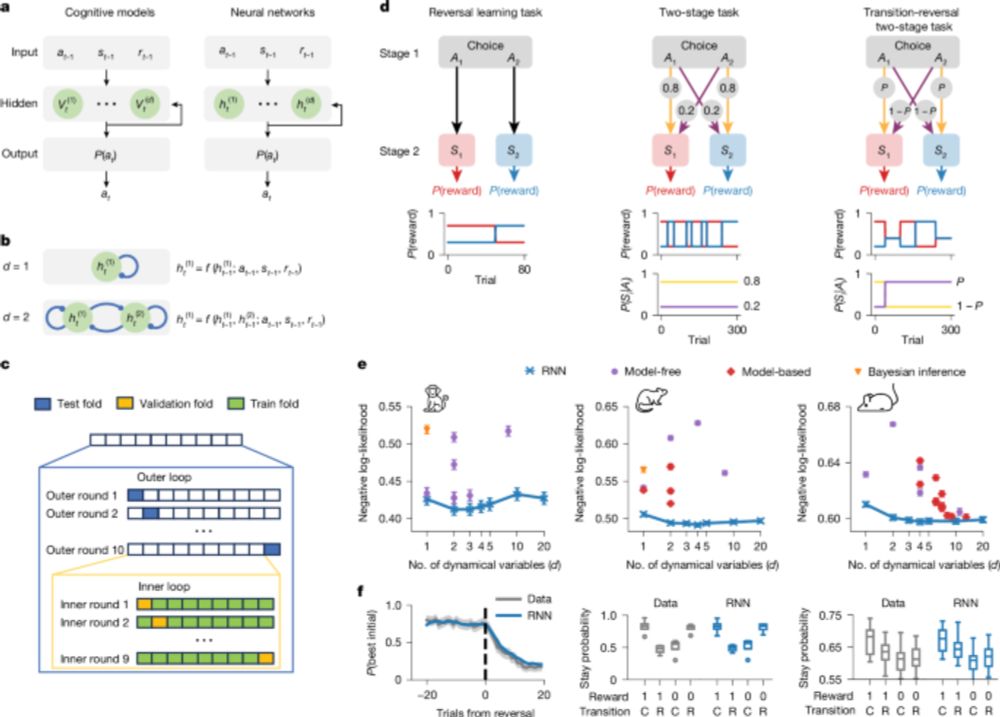Xianhui He
@xianhuihe.bsky.social
22 followers
25 following
10 posts
何贤辉 Oxford DPhil student at the Staresina lab, go crazy for brain🧠 and volleyball🏐
Posts
Media
Videos
Starter Packs
Xianhui He
@xianhuihe.bsky.social
· Jun 16
Xianhui He
@xianhuihe.bsky.social
· Jun 16
Xianhui He
@xianhuihe.bsky.social
· Jun 16
Xianhui He
@xianhuihe.bsky.social
· Jun 16
Xianhui He
@xianhuihe.bsky.social
· Jun 16
Reposted by Xianhui He
Reposted by Xianhui He
Katrijn Schruers
@katschruers.bsky.social
· Mar 29





